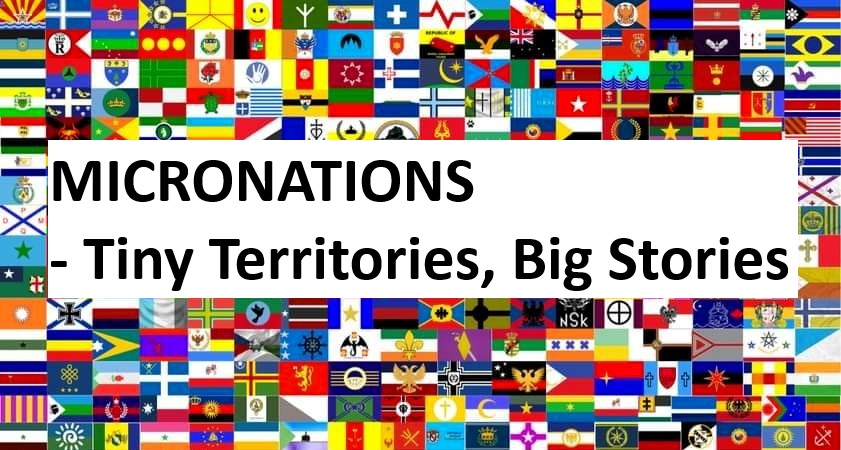
In a digital age marked by creative experiments in governance and cultural identity, the self-declared Kingdom of Arlandica has captured the imagination of enthusiasts and skeptics alike. Nestled within a modest 8.59 km² territory in the Philippine archipelago, this micronation, though home to only 25 registered citizens, presents a compelling narrative of heritage, innovation, and the quest for a renewed sense of belonging.
A Legacy Rekindled
Though officially known in some circles as the Kingdom of Arlandica, recent rebranding efforts have embraced a “principality” model to signal its evolving identity. Founded on April 20, 2020, by King Jerold I, Arlandica claims to be the inheritor of a storied past—a successor to the legendary Realm of Davao Gulf that once thrived between 1800 and 1850. While historians note that these ancestral ties are more mythical than factual, they serve as a vibrant cultural touchstone for the Principality’s citizens, who cherish the intertwining of indigenous lore with modern political expression.
Governance at the Micro Level
At the helm of this audacious endeavor stands King Jerold I, whose rule is complemented by the leadership of Crown Princess and First Minister Jeanne. The Principality’s governing framework blends parliamentary mechanisms and constitutional monarchy, offering its citizens symbolic grandeur and avenues for direct civic engagement. With its legislative sessions held in Rio Santiago City and executive matters managed from the official capital of Santo Niño City, Arlandica embodies a microcosm of democratic experimentation that challenges conventional views of statehood while inviting its citizens to shape their national narrative directly.
Cultural Patchwork and Civic Pride
Arlandica is more than an administratively small entity; it is a cultural mosaic that celebrates linguistic diversity and local traditions. Official languages include Cebuano, English, Filipino, and Ilocano, reflecting the region’s rich tapestry. The micronation’s motto, “Resilience, Honor, Unity,” and its stirring national anthem, “Nindot Kaayo ang Atong Yuta” (“Our Land Is So Beautiful”), echo through its modest communities and have even sparked interest at international micronational conferences.
Local supporters describe the Principality not as a challenge to the established Republic of the Philippines but as an innovative platform for experiential governance. “Our aim,” explained a spokesperson from the Principality’s cultural affairs office, “is to empower our citizens with a sense of ownership and pride—a microcosm where the ideals of tradition meld seamlessly with modern participation.”
A Beacon of Creative Sovereignty
Critics remain cautious, often reminding onlookers that Arlandica is a politically light secessionist project with no real ambitions of disrupting regional stability. Yet, for many, its very existence is a testament to the enduring human impulse to redefine boundaries and reinvent governance—the idea that even a tiny principality can offer profound insights into national identity in a rapidly globalizing world.
As Arlandica continues its cultural and political experimentation journey, observers are left to ponder a broader question: In an era defined by digital interconnectivity, could such micronational ventures pave the way for fresh forms of community-driven statecraft? The Principality’s bold reimagining of sovereignty might well be both a playful nod to history and a stirring call for new dialogue on what it means to belong in the twenty-first century.
Looking forward: Beyond traditional statehood, emerging micronations like Arlandica challenge us to think about identity not by sheer size or power but by the strength of shared values and collective creativity. This notion might inspire similar endeavors across the globe.

